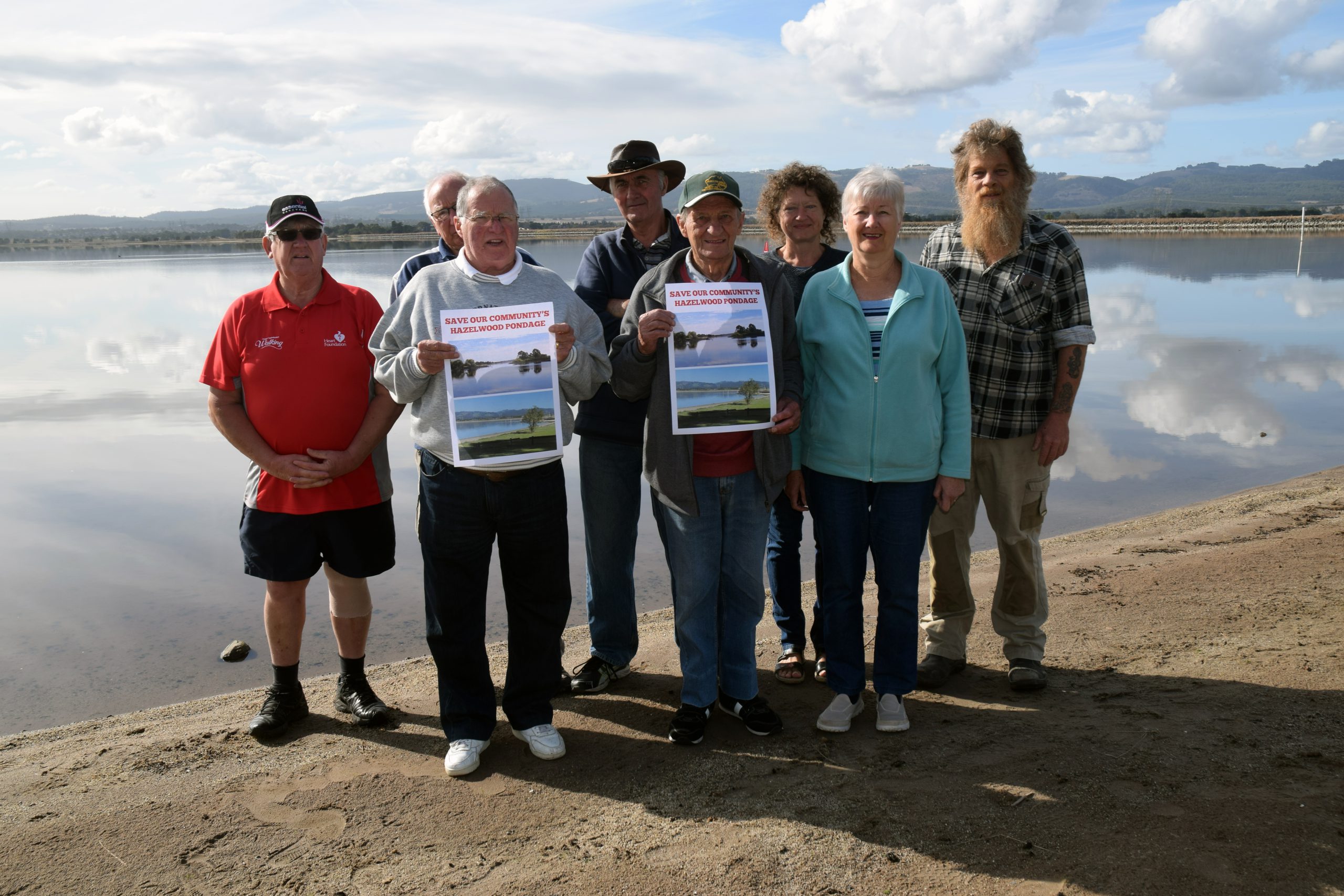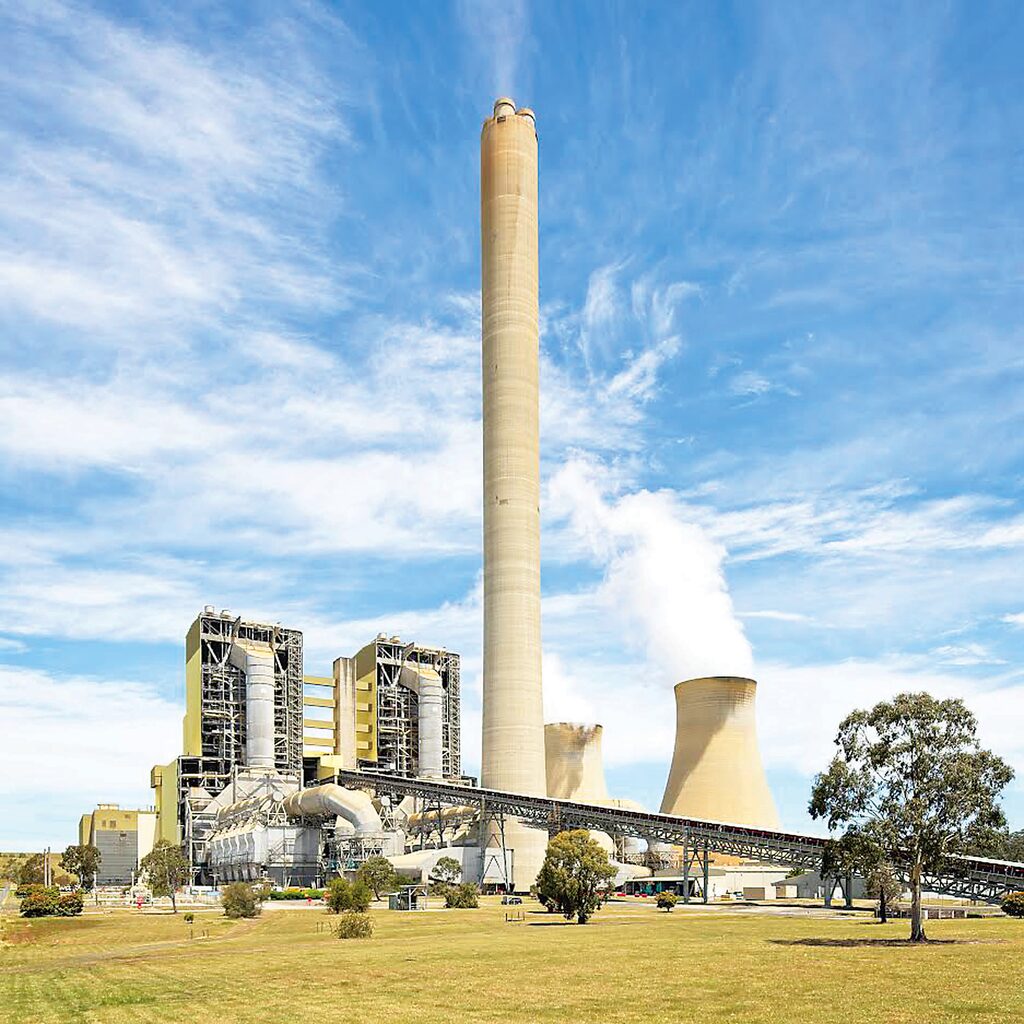By PHILIP HOPKINS
A FULLY networked carbon capture and storage industry along Australia’s east coast, with Gippsland a key contributor, could boost economic activity by about $66 billion and support an additional 15,250 jobs over the coming decades, according to a new study praised by the federal government.
The report, ‘The Economic Potential for CCS in Australia’s Eastern States’ written by Ernst & Young for Low Emissions Technology Australia (LETA), was launched by the federal Minister for Resources, Madeleine King, who described the study as “essential”.
The report highlights the environmental and economic potential of carbon capture and storage for regions such as the Latrobe Valley and greater Gippsland. The Latrobe Valley, like Gladstone and the Hunter Valley, is a large industrial hub.
“These industrial hubs host significant emissions source points, including Safeguard Mechanism-covered facilities which will be required to reduce their emissions over time,” the LETA report says. Under the Safeguard Mechanism, the nation’s top 200 industrial companies must cut their greenhouse gas emissions annually.
However, the report warns that without co-ordinated efforts, there is a big risk Australia may not develop the carbon sequestration capacity to reach net zero emissions.
“This could pose additional challenges to heavy industry in meeting their Safeguard Mechanism obligations, increasing the costs of the net zero transition, and requiring deeper emissions cuts in other sectors.”
Ms King said the findings from the report underscore that CCS is essential not just for achieving Australia’s emissions targets, “but for safeguarding the future of our industrial base, our energy security, and our economy”.
“As this report makes clear, CCS can play a critical role in decarbonising hard-to-abate industries across Australia like steel, cement and chemical production. CCS will also play a role in reducing the emission intensity of gas at the point source of production.”
CCS involves capturing carbon dioxide (CO2) released by industrial processes, compressing it, transporting it to an injection site via pipeline, and sequestering it deep underground for safe, long-term storage in suitable geological formations. The Latrobe Valley-based CarbonNet is planning to build a pipeline from Loy Yang that takes captured CO2 from the Valley to the Gippsland Basin, just off Golden Beach, for underground storage.
The LETA report says the Melbourne-based CO2CRC (Cooperative Research Centre for Greenhouse Gas Technologies) is Australia’s leading research organisation dedicated to carbon capture, utilisation and storage (CCUS). Active in Gippsland, a key CO2CRC initiative is the Otway International Test Centre in western Victoria, “one of the world’s foremost field research sites for CO2 storage”.
The Otway Centre, which began in 2006, to date has safely injected and monitored more than 100,000 tonnes of CO2 within geological formations at the site, the report says, “demonstrating the feasibility and long-term security of underground carbon storage”.
“The centre has played a crucial role in developing internationally recognised best practices for monitoring and verification, which are essential for ensuring public and regulatory confidence in CCUS,” the report says.
“Currently, the Otways Centre is conducting Phase 3 of its research program, which focuses on developing cost-effective and highly accurate monitoring technologies. This phase aims to enhance real-time tracking of CO2 movement in the subsurface, reducing the long-term costs associated with carbon storage projects. By improving efficiency and safety, the centre is helping to make large-scale CCUS deployment more commercially viable.”
The report says the success of the Otway Centre provides a strong foundation for developing CCUS projects in eastern Australia, where industrial emissions from sectors such as energy, manufacturing and cement production remain high.
“By leveraging insights from Otway, policymakers and industry stakeholders can make informed decisions about the feasibility and risks associated with large-scale CCUS deployment in key economic regions,” the report says.
It says demand for carbon sequestration is likely to be huge in small, heavily industrialised countries with little geological storage such as Japan and Korea, which rely on fossil fuels for energy and have net zero targets by 2050.
“Australia has a potential to provide carbon capture and storage to these countries … however, several regulatory and commercial preconditions are critical to capture this growth opportunity, including providing assurance of any carbon stored in Australia,” it says.
Ms King said the report was an important contribution to increase the understanding of the potential of CCS as the industry takes steps to scale up.
“CCS will not be a silver bullet. But it has the very great potential to work alongside other efforts to reduce emissions,” she said.
“The task of reaching net zero is a significant challenge, but it simply must be met, all tools must be applied. What is also clear is that Australia has the right elements to be an important player in global CCS value chains. We have the right geology, the right infrastructure, and the right skills to be at the forefront of commercial development of CCS.”
Ms King said the government’s approach was to ensure the right policy and regulatory settings are in place for industry to make investment decisions on their projects.
“It’s a twofold approach. Firstly, robust regulations will allow for the effective, safe and environmentally responsible storage of CO2. And secondly, a stable and predictable business environment will encourage long-term investment,” she said.
“My department is currently undertaking a review of our regulatory settings to provide better regulatory and administrative certainty for offshore CCS projects. The government is also cooperating with our regional partners on carbon management solutions.”
The government last year granted 10 new greenhouse gas storage assessment permits as part of the 2023 Offshore Greenhouse Gas Storage Acreage Release.
“Australia also has two of the world’s largest operational, commercial scale CCS projects,” she said – the SANTOS Moomba CCS project, onshore in South Australia, and the Gorgon CCS project at Barrow Island, offshore of Western Australia, which safely stored 11 million tonnes of CO2 that would otherwise have been emitted into our atmosphere.
“It is fashionable in some circles to denigrate existing CCS projects. But to do this without observing what has been achieved is to write off how CCUS can contribute to decarbonisation, and to ignore the warning of the IEA (International Energy Agency) that reaching net zero will be virtually impossible without CCUS,” she said.
“But we know that new sites need to be identified to drive private investment. To that end, we’re investing $3.4 billion over 35 years in the Resourcing Australia’s Prosperity program.
This will allow Geoscience Australia to comprehensively map our natural resources and renewable energy potential, including the geological suitability for CCS. By 2028, RAP will deliver a national carbon dioxide storage resource atlas, with work already underway to guide its development.”











